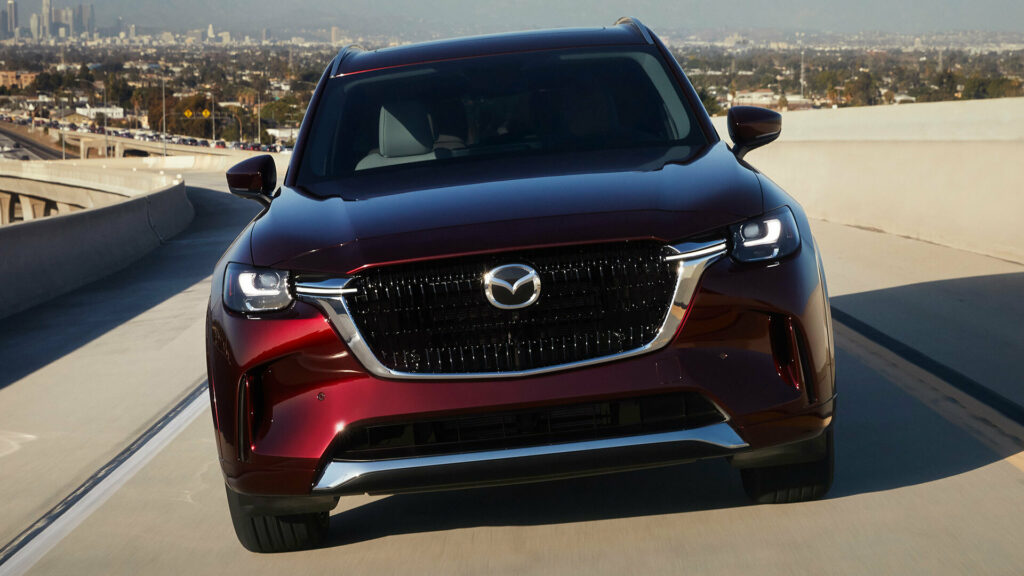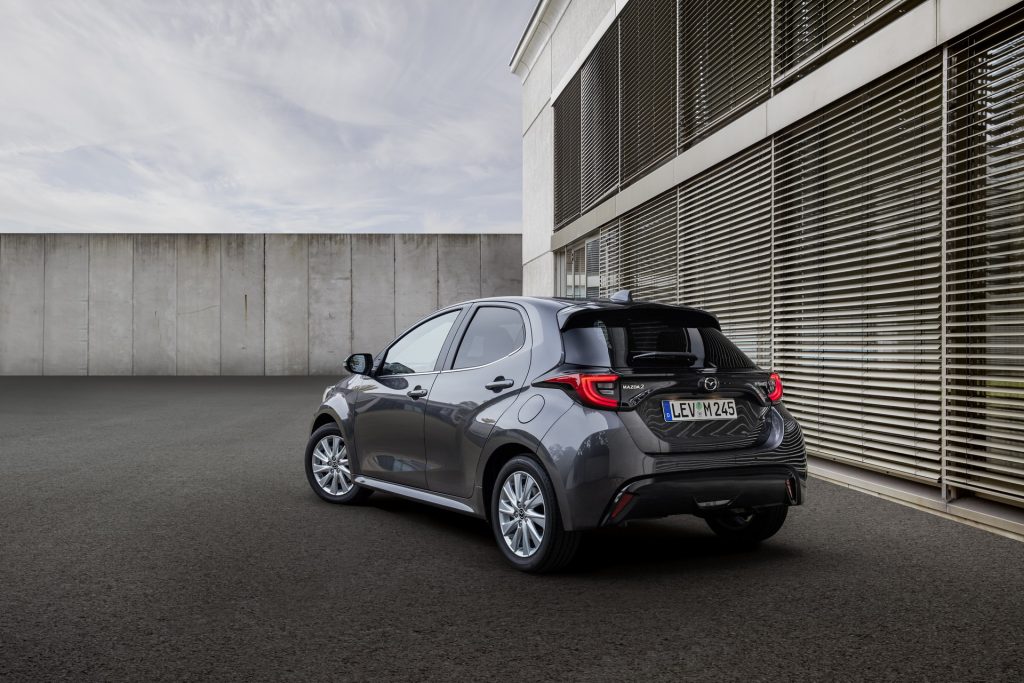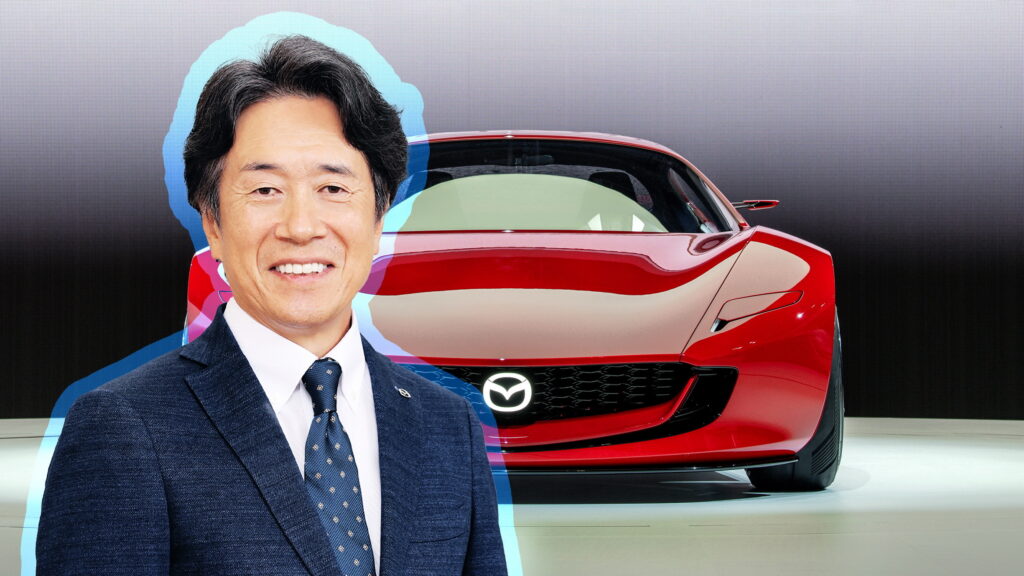Mazda has reaffirmed its position as an “intentional follower” of battery-electric vehicles and is not yet ready to commit to a complete EV switch, noting that current demand for its combustion-powered models remains strong.
In the United States, the only BEV sold by Mazda is the MX-30 but it will be discontinued after the 2023 model year, leaving the CX-90 plug-in hybrid as its only electrified offering. Despite this, Mazda’s local sales have climbed 21% this year and could top the 400,000 mark during the 2024 calendar year.
7-8 Electric models by 2030
While recently speaking with Auto News, Mazda chief executive Masahiro Moro said the carmaker plans to have seven or eight EVs in its range by 2030 and believes they will account for 25-40% of its global sales. These plans are less aggressive than some rivals and come due to the uncertainty in demand for EVs.
Read: Mazda Could Bring New EVs To America In 2025

“Intentional follower on EVs”
“One of the big issues for us is demand is uncertain,” Moro said. “In the current market, the reality for electrification, in particular for battery EVs, is the pace is not that high. So we may start a little slower in terms of the ramp-up. Not necessarily in terms of timing, but the ramp-up. That is why I call us an intentional follower on EVs. Between now and 2030 is the dawn period of electrification — we have to go over this bumpy ride. We just have to deal with the consumer’s needs and wants. Right now, the customer is looking for alternative solutions — other than battery EVs.”
Mazda’s future EVs will be developed and sold through the new e-Mazda division and built on a scalable platform. The first of these new models should launch between 2025 and 2027. Auto News understands the line-up will initially focus on crossovers with single-motor and dual-motor powertrains to be offered.
Moro refused to disclose battery pack details but the company has already secured supply contracts with Panasonic and Envision AESC Japan. It also operates a joint battery venture with Toyota and Panasonic dubbed Prime Planet Energy & Solutions.
Will work with Toyota
Mazda will lean on Toyota to slash the investments required for its EVs. Indeed, electronics and automotive software systems developed alongside Toyota will be used in the brand’s EVs from around 2026 and Moro says will allow it to save 70-80% of the total investment costs of going it alone.
“There are many things an individual company can’t do alone,” Moro told the publication. “In the past, we might have said this is a competitive area. But now, it is a collaborative area.”




